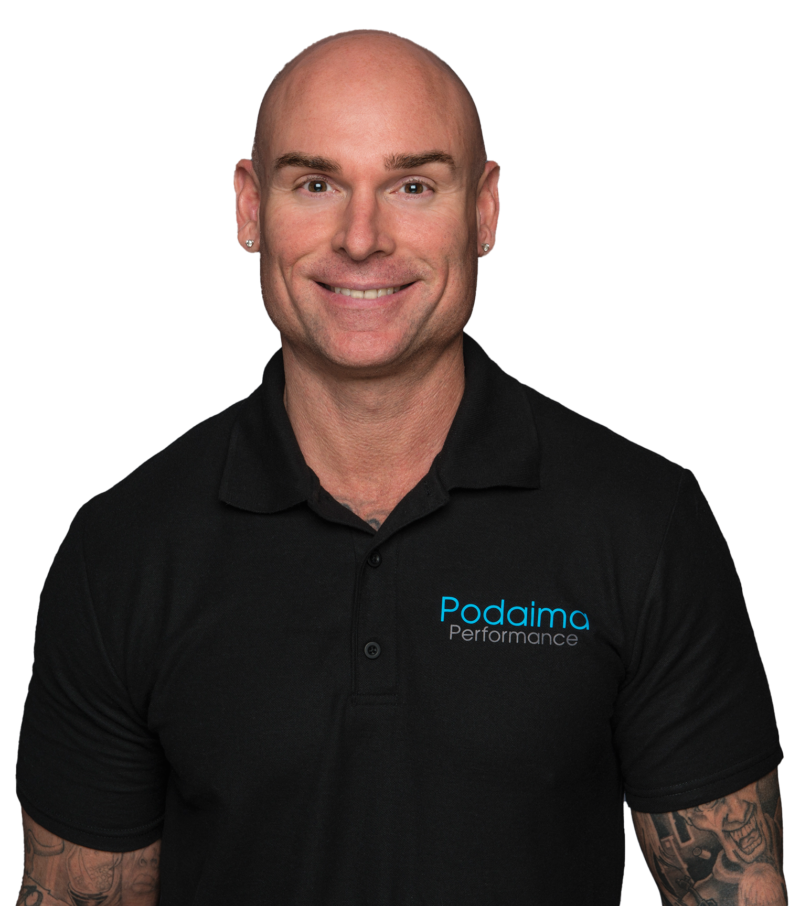Throughout history, salt has been an incredibly valuable resource to mankind. Terms like “worth their salt” and “salt of the earth” come to mind when describing people of high class and integrity. However, in the world of health and fitness, articles left and right are telling us to avoid salt at all costs, or risk all sorts of horrible disease. It can be confusing, and many will try to avoid salt at all costs, without really understanding if they should be reducing it, or even adding it.
The first thing to look at it when considering the merits of salt is the actual amount you should be aiming for. The American Heart Association, leaders in heart health, say that everyone should aim for less than 1,500mg per day to reduce the risk of heart disease. In the United States, the average person consumes triple that amount. Because of these numbers, it may seem like universally recommending a salt reduction is a good idea, but first we need to look at where that daily recommendation came from.
Back in the 80s, a study looked the relationship between salt intake and blood pressure, and found that cultures with lower average sodium intake had lower counts of heart disease and high blood pressure. Other research has studied animals, and found that rats who were fed high-sodium diets quickly developed high blood pressure, which is why some doctors claim it causes high blood pressure in humans as well.
However, this research doesn’t tell the whole story. Sure, if you have high blood pressure, you could probably benefit form lowering your salt intake. But a look at other cultures, for example, the Japanese, beg to differ. Japan has the highest average salt intake, but also the longest life expectancy, and the lowest incidence of cardiovascular disease. This means that salt alone doesn’t always cause heart or blood pressure issues.
If you really dig into the facts, you’ll see the total salt/potassium balance is the most important, Our ancestors consumed up to 10,000 mg per day of potassium, with very little salt, and seemed to live okay. It would seem then, that the ultimate factor is now how much salt we eat, but how much total electrolytes, and whether the salt/potassium balance is correct.
A look at history shows that our average salt consumption has been pretty high ever since the Industrial Revolution; in fact in remains basically unchanged. It is our potassium intake that has greatly differed. As we eat less whole foods, veggies, and fruits, our potassium intake has decreased, while our sodium intake via salt has remained the same – cause the unhealthy effects of a high sodium diet.
Now that we understand how important the balance between salt and potassium intake is, we can see easy fixes. If someone is overweight, and eating lots of processed foods, the first step should be to lower processed food intake, and increase intake of fruits and vegetables to raise potassium levels. However, these rules change for those who already eat well, and are highly active.
If someone has already cut processed, high-sodium foods out for the most part, their sodium will be low. If this person is also highly active, which generally means sweating a lot, they will lose a lot of sodium, and in this case it’s quite common to see sodium levels drop too low. Now the problem is backwards, and there is not enough salt.
Salt is essential for hydration, nervous system function, and preventing muscle cramps. A highly active person, who does not consume high-sodium foods, should actually try to add salt to food, instead of reducing salt intake the way an overweight, sedentary person might. If you are a very highly active person, with daily, high-intensity activity, you may be near the line of too little salt intake, and to be safe, should add salt to all of your unprocessed, whole food meals.
The actual salt used isn’t as important. Ideally, you want sea salt, or Himalayan pink salt. These salts have more trace minerals which provide other benefits, and will generally provide more overall health benefits. Table salt works for pure sodium, but is heavily processed, and not as nutritious as sea salt or pink salt. It is not recommended to add high amounts of table salt to your meals; you should just pick up some Himalayan pink salt.
Lastly, it’s important to note that sea salts and Himalayan pink salts do not contain any iodine, which is very useful. If you eat a whole-food diet with sea salt added, you may want to add a serving of iodine-rich food as well, such as seaweed or kelp.
In conclusion, the salt recommendations are often not clear. Remember that the salt/potassium balance is what matters, not total salt intake. If you are overweight, and eat a lot of highly processed foods, you probably want to reduce your salt intake. If you eat mostly unprocessed foods, however, and are highly active, you’ll probably want to add salt to your meals, and should look for sea salt or Himalayan pink salt.
References:
http://blog.paleohacks.com/salt-intake/


